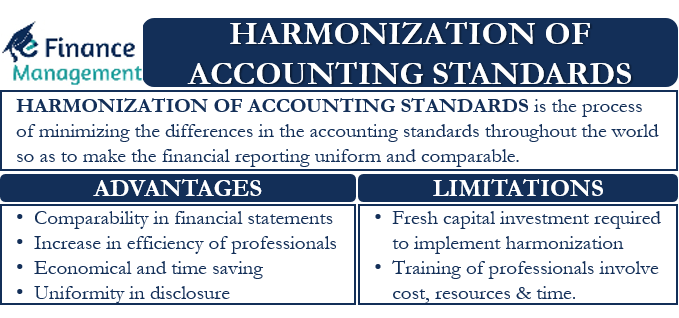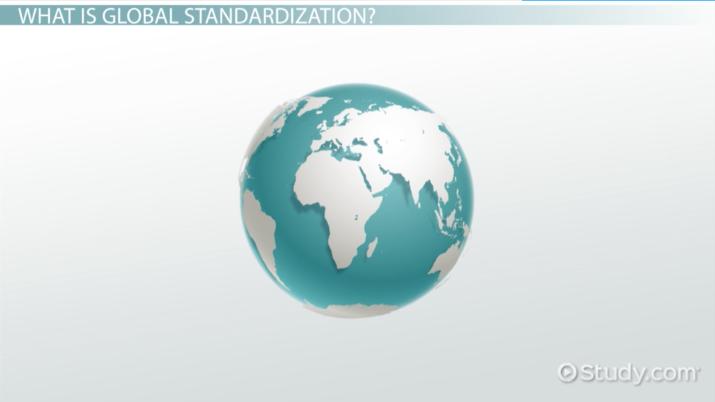Standardization refers to the process of establishing and maintaining common standards for products, services, and systems. This process involves setting uniform guidelines, specifications, and criteria that are used consistently across different industries, sectors, and regions. Standardization can have numerous advantages, including improving efficiency, increasing interoperability, promoting safety and reliability, and facilitating trade and commerce.
One of the primary advantages of standardization is that it can improve efficiency. By establishing common standards, companies can streamline their operations and reduce the costs associated with producing and distributing their products and services. For example, if a company produces electronic devices that are compatible with a standardized charging port, it can use the same charging cables and adapters for all of its products, rather than having to produce and maintain a variety of different charging systems. This can reduce production costs and improve the efficiency of the company's supply chain.
Standardization can also increase interoperability, which refers to the ability of different systems and devices to work together seamlessly. For example, if all electronic devices use the same standardized charging port, it becomes much easier for consumers to charge their devices using any available charger. Similarly, if different companies use the same standardized communication protocols, it becomes easier for their systems to exchange information and data. This can improve the efficiency and effectiveness of businesses and organizations, as well as enhance the overall user experience.
In addition to improving efficiency and interoperability, standardization can also promote safety and reliability. By establishing common standards for products and systems, it is possible to ensure that they meet certain minimum safety and performance criteria. For example, if all electrical outlets and appliances use the same standardized plugs and sockets, it becomes easier to ensure that they are safe to use and that they operate reliably. Similarly, if all medical devices are required to meet certain standardized performance criteria, it becomes easier to ensure that they are safe and effective for use in patient care.
Finally, standardization can facilitate trade and commerce by making it easier for companies to sell their products and services in different markets. For example, if a company produces a product that meets a widely recognized international standard, it will be easier for the company to sell that product in different countries. Similarly, if a company is able to conform to a standardized system or process, it will be easier for the company to do business with other companies that also use that standard. In this way, standardization can help to create a level playing field for businesses and facilitate the exchange of goods and services between different regions and countries.
In conclusion, standardization can have numerous advantages, including improving efficiency, increasing interoperability, promoting safety and reliability, and facilitating trade and commerce. By establishing and maintaining common standards, it is possible to create a more efficient, reliable, and safe environment for businesses and consumers alike.







